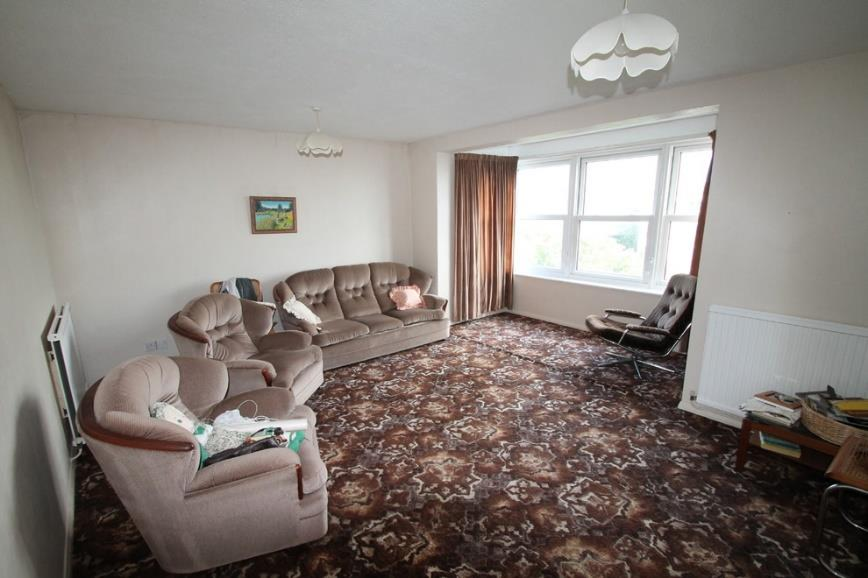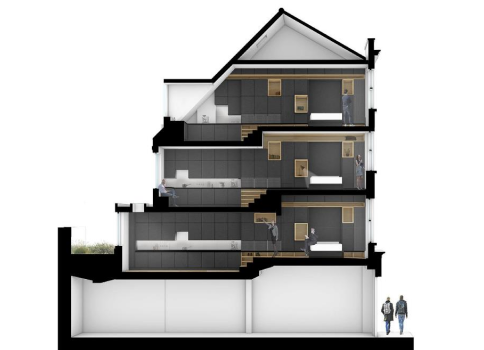How To Save VAT On Building Work
In the UK, it’s commonly known that construction work for new builds is exempt from VAT, while renovation or extension work on existing buildings is subject to VAT. However, the VAT rules surrounding construction projects are more complex than they first appear. Two of our recent projects have provided valuable insights into how VAT savings can be achieved. Below is a brief overview of these projects in the context of VAT within construction.
Renovation of Vacant Properties
1. Renovation of Uninhabited Properties Eligible for Reduced VAT Rate (5%)
Our client purchased a flat in a mansion block in Kensington, London. The flat had been vacant for over two years prior to the purchase.
• The reduced 5% VAT rate applies only to residential properties that have been vacant for at least two years before acquisition.
• The property must have been vacant continuously during this period, up until the start of construction work.
• Sufficient evidence is required, as circumstantial evidence alone is not enough. In this case, the client provided utility bills showing no usage and local authority bills as proof.
• The 5% VAT rate applies to fixed items, but non-fixed items (e.g., built-in wardrobes) are charged at the standard 20% VAT rate.
• Consultant fees are also subject to the full 20% VAT rate.
What is a home extension?
The flat, purchased by our client through probate, had not been modernised in over 40 years and had been vacant for two years. To ensure the correct VAT treatment, our client engaged a VAT specialist before construction commenced. The specialist collected the necessary evidence, defined the type of relief, outlined applicable tests, and aligned the project with the appropriate VAT scheme. During construction, the VAT specialist identified which items were subject to the 20% rate and which were eligible for the 5% reduced rate. Our monthly certificates for completed work were sent to the VAT specialist, who advised on the correct VAT to apply (a mix of 5% and 20%, based on the certified work).
On a project where the construction contract amounted to £750K (excluding VAT) and most of the work fell under the 5% VAT rate, our client saved more than £100K in VAT.

Property Conversions
2. Conversions of Residential Property Subject to 5% VAT
Our client bought a mid-terraced property in Islington, London, which included an A1 café on the ground and lower-ground floors, and a single-family dwelling on the upper floors. Planning permission was obtained to extend the property at the rear of the first and third floors and to convert the single-family dwelling into three flats (one per floor).
• The 5% VAT rate applies to residential properties and covers both increases and decreases in the number of units. Examples include:
o House → Flats (as in this case)
o Flats → House
o HMO → Single House
o Office → Residential (e.g., via Permitted Development rights)
• The 5% rate applies only to works that are “necessary for the conversion.”
As with the previous project, we recommended that our client engage a VAT specialist prior to construction, during the “eligibility phase,” where the proposal and supporting evidence are assessed to determine the appropriate VAT rate. The VAT specialist continued to advise during the construction phase, or the “apportionment phase,” analyzing certified costs and guiding the contractor on the correct VAT rates for invoicing.
The conversion project in Islington had a construction cost of £500K (exclusive of VAT). The majority of the work fell under the reduced 5% VAT rate, saving the client approximately £70K in VAT.

This property was purchased by our client in probate. It hadn’t been modernised in over 40 years and had also been vacant for 2 years prior to acquisition.
